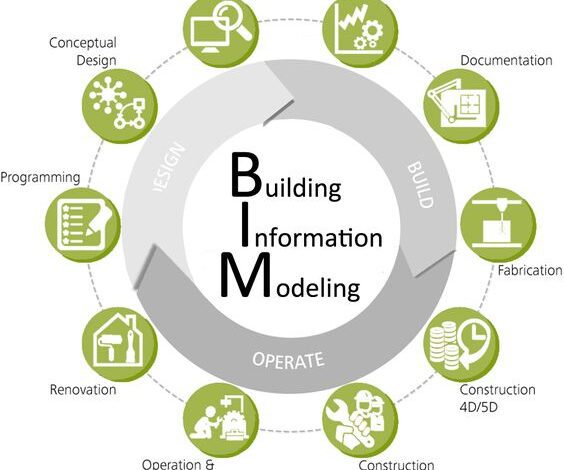
Importance of BIM in Architecture: Boosting Collaboration

Building Information Modeling (BIM) is a system for storing and managing digital information used to aid in the construction and maintenance of buildings and structures. This term is often used to cover everything from 3D models to digitized architectural plans. However, the importance of BIM in architecture is much more than that. The BIM methodology goes beyond mapping physical space, as it also includes specific features and cost measures.
Why is the integration of BIM considered so important for architects?
The great potential of BIM lies in its ability to store architectural data in a new way. Instead of relying on graphic representations, BIM technology operates by using information stored in shared databases. You can access and modify this data flexibly, making teamwork much easier and more efficient.
Here are the four main advantages that explain the importance of BIM in architecture:
- BIM Improves Team Collaboration and Optimizes Workflow EfficiencyArchitecture and design are typically manual processes, often carried out in distant and remote offices. Architects, structural engineers, and builders often work remotely; to continue designing, they must perpetually send emails and manually update project changes. This way of working can lead to confusion, poor time management, and unintentional errors.
Instead, using the BIM method allows all these specialists to access information in the format they need without duplicating data while working on the same material. Using a single data set collectively means that changes made in one format are automatically propagated throughout the system, eliminating the need to update multiple drafts as plans progress.
With this technology, teams can complete the project more collaboratively and no longer waste time cross-referencing documents and files.
BIM also eliminates the need to repeatedly visit a physical location during planning. A team can scan a site, and BIM specialists can analyze this data in their office when needed.
- BIM Provides a Stable Platform for Creating Computer Simulations and 3D ModelsIn addition to promoting collaborative workflows within a shared BIM database, this methodology provides a convenient archive of architectural and design data for 3D modeling and simulation software. These programs and data can be used for other designs. Architects can visualize and test their projects before construction, leading to more innovative and accurate results.
- BIM Allows Clients to Interact with Projects Before ConstructionThe same 3D models can be used for design purposes, simplifying the brainstorming process with clients. It also allows those without specialized architectural training to envision the plans and understand the final outcome. BIM creates 3D models that everyone can explore or modify. This capability helps building designers, modelers, and architects to be more proactive in responding to client requests.
- BIM Tracks Constructed Buildings Throughout Their LifecycleBIM schemes are not only useful for construction teams. The data processed by BIM procedures form databases containing the most relevant information about a building or structure. A BIM scheme is handed over to the building manager at the end of a construction project to serve as a sort of identity card for the building. This documentation allows building managers to easily familiarize themselves with the building’s structure and other relevant information. The importance of BIM for architects includes visibility, collaboration, and workflow efficiency.
Read More : Building Information Modeling (BIM): Definition, Process, and Key Benefits
BIM is essentially a database archiving method for creating working and design schemes. The main advantage of this approach is that it allows architects, structural engineers, and builders to work collaboratively on the same data set and simultaneously produce documents and projects, thus reducing the risk of errors and misalignments with the initial project.
